Developing critical-thinking skills in your child, whatever their age
- Cognitive
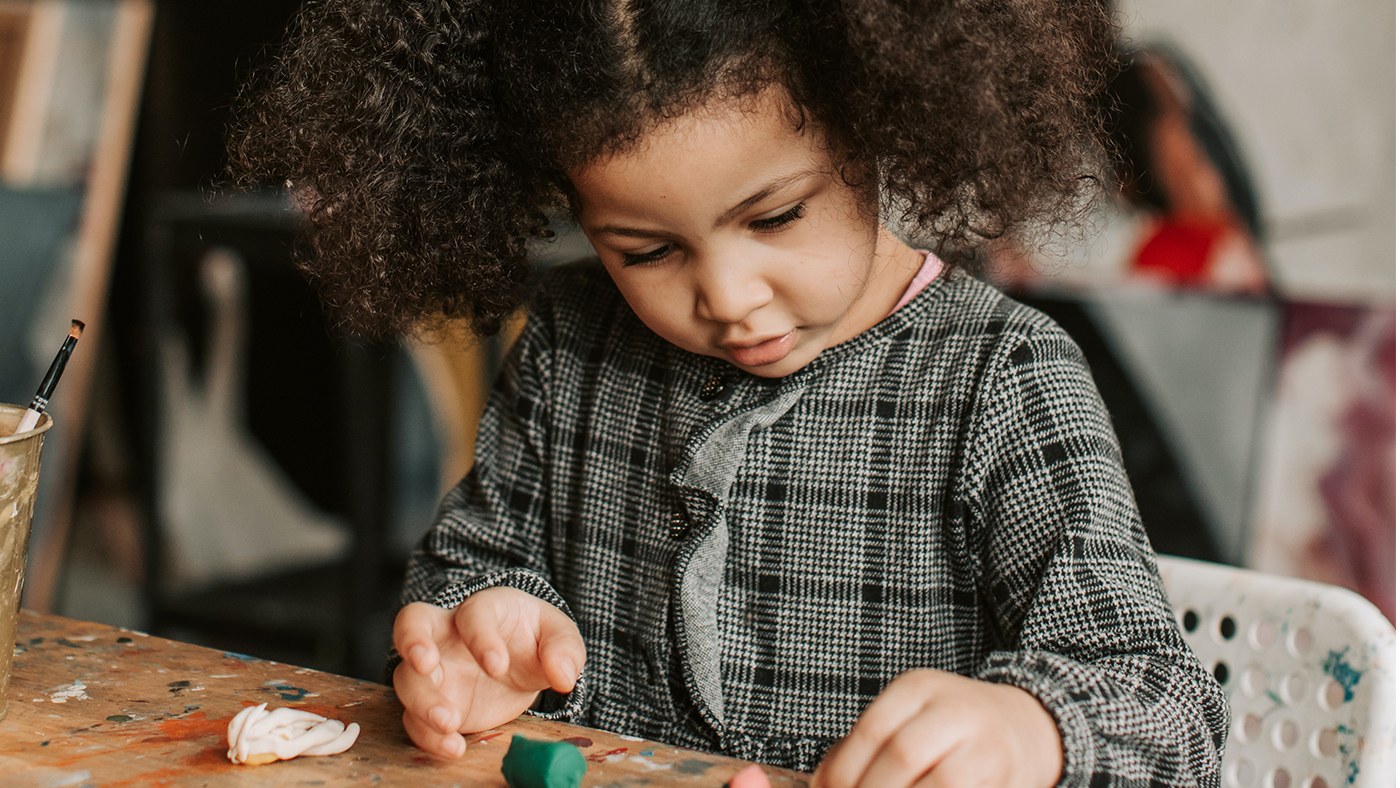
This page contains affiliate links. MFFY may collect a share of sale or some form of commission from the links on this page if you decide to click them and purchase any items.
Critical-thinking: what is it? What makes it so important?
Critical-thinking is, well, it is a lot of things if we are being honest.
We use critical-thinking skills every day. They are used more frequently than you may know. Each time we make a decision, we think about how the decision will affect us and the world we live in. What will work best? Will it suit everyone? Does it matter if it doesn’t? This process creates nuance, shaping our understanding to create an informed decision that best suits us and what we know. Critical-thinking then can be thought of as the process of seeking valid and reliable knowledge to help shape our values and beliefs.[1]
It’s a complex topic, so let’s work with an example. Let’s pretend you read a story that said a large supermarket chain is making it compulsory for customers to wear fancy dress when they shop in-store. If you didn’t question this, you may simply tell everyone about it. If you put on your critical-thinking hat, you might wonder, “Why have they made this choice? Where did the information come from? Is this official information? How will that be enforced? Can it be enforced?” Thinking critically here has allowed us to glean more knowledge of a subject that we wouldn’t have had if we’d just accepted it. It’s a core skill that makes us, as humans, different from the world around us.

Critical-thinking is an essential life skill
So how do we help children develop this fundamental skill? To help our children gain the ability to think critically we must embrace their natural curiosity.[2] Children naturally want to know how things work and want to figure it out by themselves. Then, when children learn new information, or figure out a solution to overcome a challenge, a new connection is formed in the brain. The more opportunity they have to solve a problem and experiment with different solutions, the more efficient those pathways become. Children are then able to make meaning of their own experiences, developing their critical-thinking.
This doesn’t mean there’s never a time to step in as an adult, however. There may be times when emotions are running high, your child might get confused or frustrated when something isn’t going quite how they wish it to. Console your child first (as a good decision is rarely made when the mind is flustered), but do not solve their problem. When they are feeling calmer, more often than not, your child will be able to think about their problem and arrive at a solution without an adult needing to tell them. All these experiences build on the neural pathways involved in thinking critically and support your child to be able to think on a higher level.
Critical-thinking in toddlers
Your toddler's ability to communicate freely will be greatly improving because of their increased understanding of words, making this an excellent age to start developing their critical-thinking skills. While they are playing, their imagination grows stronger, so there's no better time than now to encourage them to explore their own ideas.
Toddlers are fascinating, we encourage you to take time out to watch them as they play. You yourself will start to think critically about what they are doing; you may wonder why on earth would they do that? The simple answer is, they are exploring and being open-minded, they may not know what to do and they are trying to find out... let them!
Pretend play
Let’s use pretend play for our first idea. Pretend play is so open-ended and you can use the interests of your toddler to decide what their play will be. When you are in pretend play, let your toddler take the lead. By allowing this, your toddler has to think about what will happen in the story, having to guide and direct you to make connections in the story. Go along with whatever the play is and follow their lead. Try your best not to ask questions, your toddler needs time to develop their ideas and they may lose the flow of the play.
If your toddler would like a prop to support their play and you do not have one, this is a brilliant time to get that critical-thinking cracking. Think together about what you could use instead, or even choose ridiculous things. The more fun it is, the more the thinking can happen.
A great book to support imaginative play is Not a Box by Antionette Portis, which delights in the numerous ways the imagination can a turn a box into anything!

To buy (via Amazon): https://amzn.to/3zHbtuP
Block play
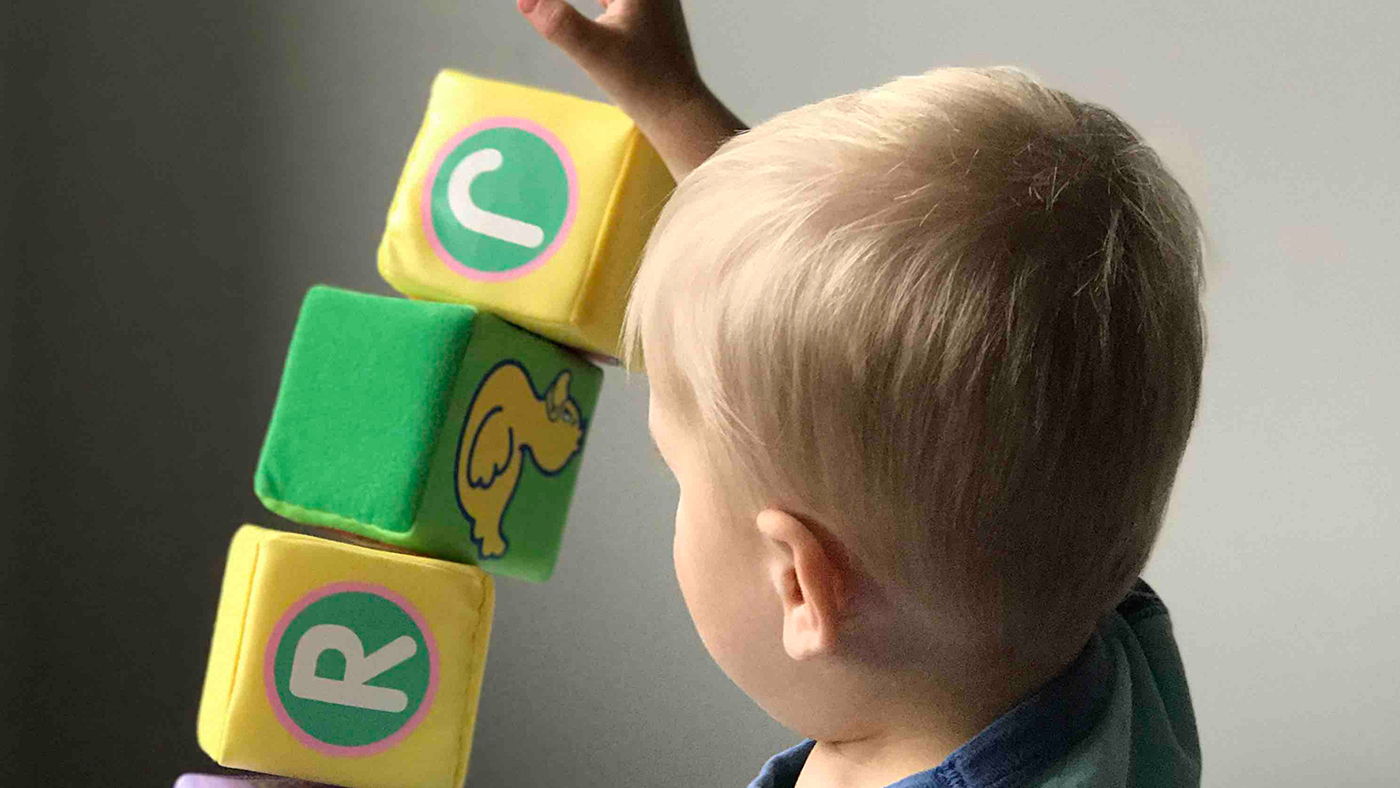
Another idea could be building with blocks – yes, you know we love block play at MFFY!
Blocks are a resource that can be used for a wide variety of learning. This is a really simple idea but the scope for critical-thinking is endless. Put out a selection of blocks of different sizes and colours. All you need to do now is watch your child play. Every move they make involves them making a decision. Observe to see how they use them. Are they sorting by colour, size, stacking them, lining them up or something else?
The use of open-ended questions has its place in block play. Your toddler may wonder where a block should go, or if one will fit into a small space. Help them to think themselves by asking ”What ideas do you have?” or ”If you were to put it there, what do you think would happen?” Questions like this help prompt the use of prediction.
Critical-thinking in pre-schoolers
By the time your child is a pre-schooler, their ability to think independently is increasing. They are getting better at generating their own ideas and their ability to adjust and adapt what they are doing is improving. By exploring their fascinations, they exercise their brains and create new neural connections, which helps their thoughts become more conscious.
Who is this?
If you have physical photos, spend time with your child looking at them. Does your child recognise anyone? Prompt a conversation with questions like ”I wonder who these people are in this photo?”, and“‘Let’s think about who it could be, there is a Daddy, a Mummy, who might this be?” If their answer is not what you are expecting you might comment, ”I hadn’t thought about that, I wonder whether it could be their daughter?” You might have a photo with grandparents, you might say “Look at these two people, why is this photo in the album?”
If you have photos on your phone, there are a few ideas you could use. Firstly, create an album in your phone with the photos you wish to use. If you have recent photos of your child and your family, zoom in and save copies of the photos with only eyes displayed, or someone’s mouth, see if your child can work out who they are looking at.
Another idea could be to share photos and draw on your child’s memories. You may wish to ask, “Do you remember when…?”, “How would you do that now?” or “I wonder what you were thinking then?”
I spy a journey on the horizon
The fascinating thing about this game is that can be played anywhere.
Maps are slowly being phased out as we rely on sat nav to guide us everywhere, we simply do not have use our thinking skills to navigate anymore – but not in this game!
Talk with your child about all the places they can walk to. We will use a park in this example. Find out about your child’s knowledge of how they get there. They may find it difficult to explain but through your comments you could support their minds to think. Use questions such as “What do we see when we walk to the park?”, ”Can you think of any anywhere we have to be careful?”, and “If we needed to cross a road, how would you cross it safely?”
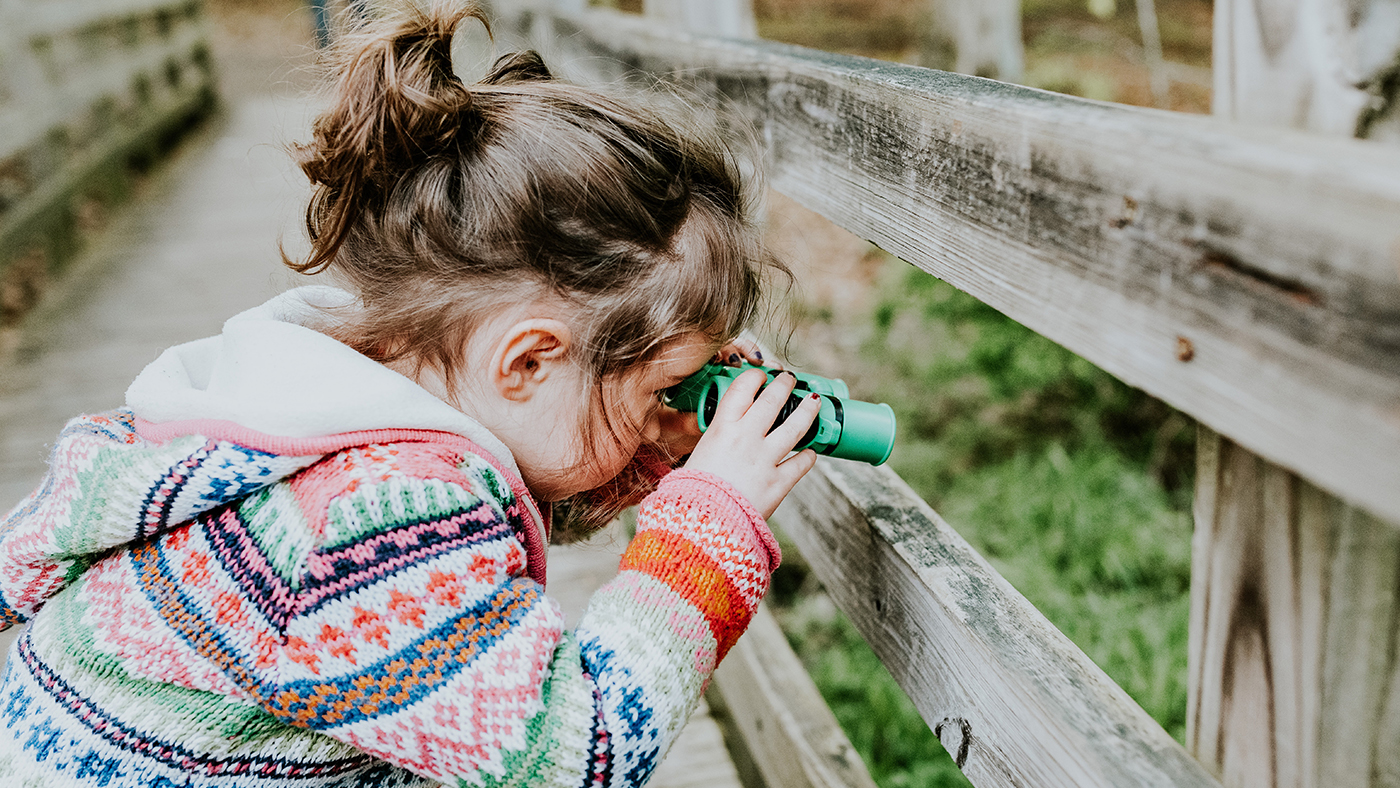
Why not go on that walk? You could make some binoculars and take them with you. While on the walk, play I spy – you can take it in turns to ‘spy’ different landmarks on your journey. For instance, you might see a postbox, stop and say, ”I spy with my little eye something red.” Encourage your child to find things to ‘spy’ and describe. Take the opportunity to discuss your journey and query why things might be in a certain place or wonder what other people may be doing on their journeys. If you wanted to take it further, you could take photos of the walk and try to sequence the images when you return home.
Critical-thinking in primary schoolers
We find a significant development in children's thinking skills as they enter and progress through school. They begin to form their own thoughts as well as support the opinions of others. You can see how children have a better ability to think of ideas and make decisions about how they might approach a task in a different way. They develop their reasoning skills and gain the ability to predict outcomes and explain why they did so.
Try this when it is time for homework
Ask your child what they have to do for their homework, and check to see if they understand what has been asked of them. Before they start, discuss what they are going to do. What initial ideas do they have? How will they start? Asking about their ideas and carefully discussing their thoughts really gets the critical-thinking skills going.
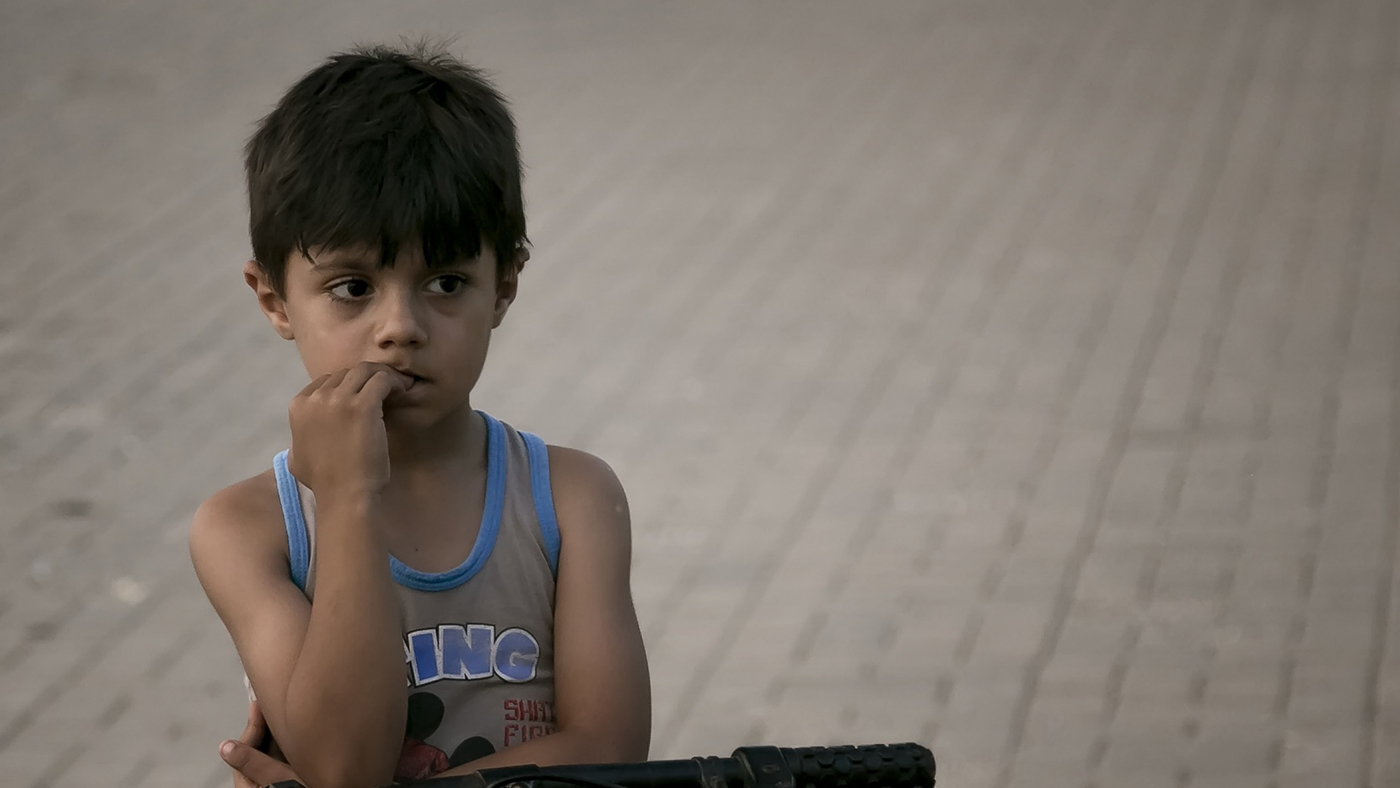
If you have a different opinion from theirs, explain your own and discuss how it is fine to different views. You could use phrases and words such as:
I think that... because
How would you...
What would happen if...
What is your opinion of...
How would you go about solving the problem?
What other words might you use?
To support children with thinking about ideas, you could read What Do You Do with an Idea by Kobi Yamada.
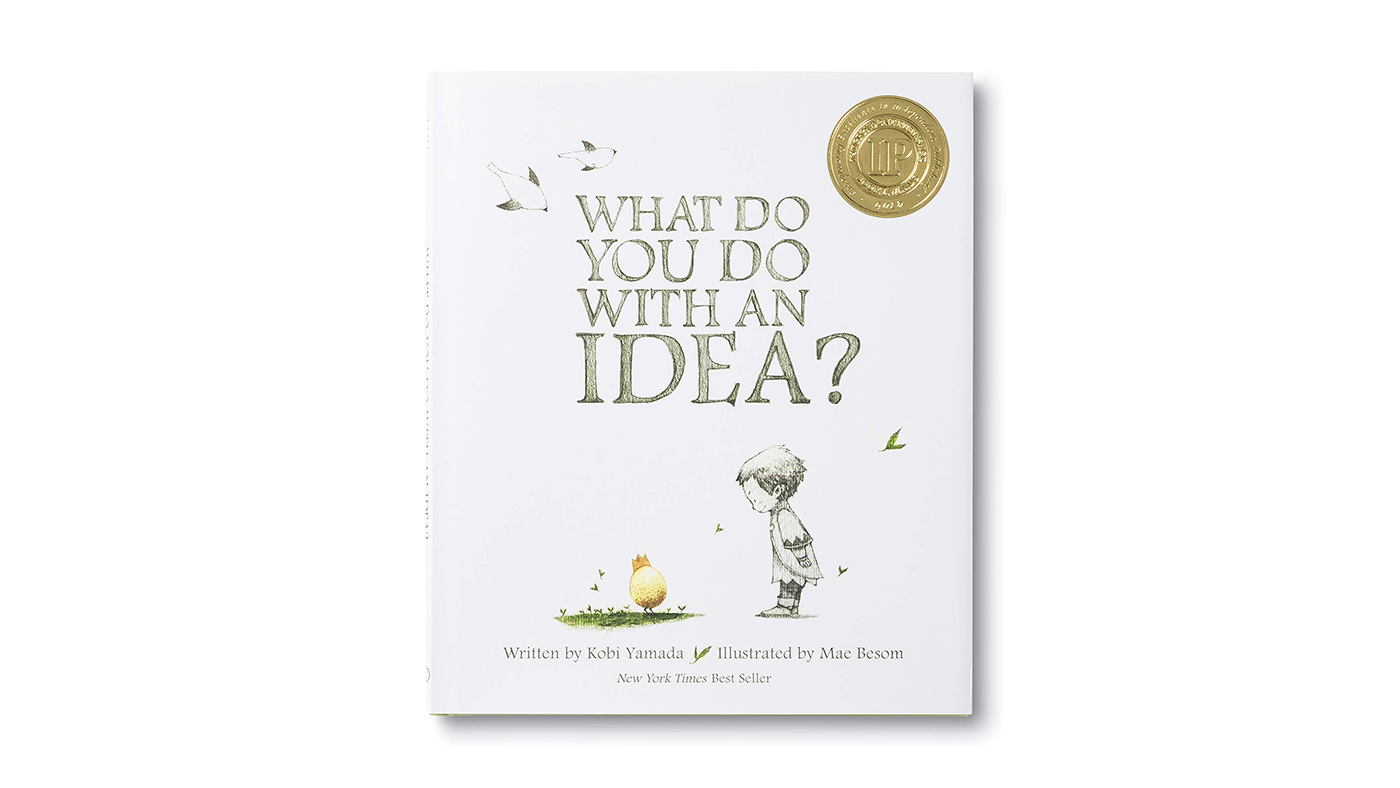
To buy (via Amazon): https://amzn.to/3G8NE1A
A budding scientist
The weather is a fabulous resource! As you may already be aware, rain falls from the sky, and it is free for us to use. What you might not know is that it makes a fantastic resource to help your child’s mind blossom.
There are all kinds of experiments that rain can be used for, and the weather naturally evokes critical-thinking. Place some containers outside, support your child to think where they will be placed and why. When it has rained, search for your containers. Investigate the water – what has happened? Why might one be fuller than another? Could they do anything differently next time? Is there any way of marking the container to record the rain fall? If so, could the containers be left out again? Should they be moved? Is there any other way to measure rainfall? Can any other type of weather be measured, or just rainfall? Why does rain fall from the sky? What are clouds? Where else do we find water? You may not know the answers to some of the questions and this is what makes it inspirational. Go with the flow and enjoy.
Critical-thinking in daily life
Time doesn’t need to be set aside for critical-thinking, it can be encouraged all through the day. It might be that your child needs help to reach for a toy, can they think of a way to reach for it by themselves? When a meal is being prepared, ask questions out loud like ”I wonder what I might need to spread the butter on the bread?” If someone leaves the house, a narrative can be created such as ”When do you think they might be back?” or ”I wonder what they will see while they are out?” By making a few small changes in your thinking, you’ll find plenty of ways to exercise your child’s critical-thinking skills.
There are some great books available to support critical-thinking.
Some of our favourites are:
Duck! Rabbit! - by Amy Krouse and Tom Lichtenheld
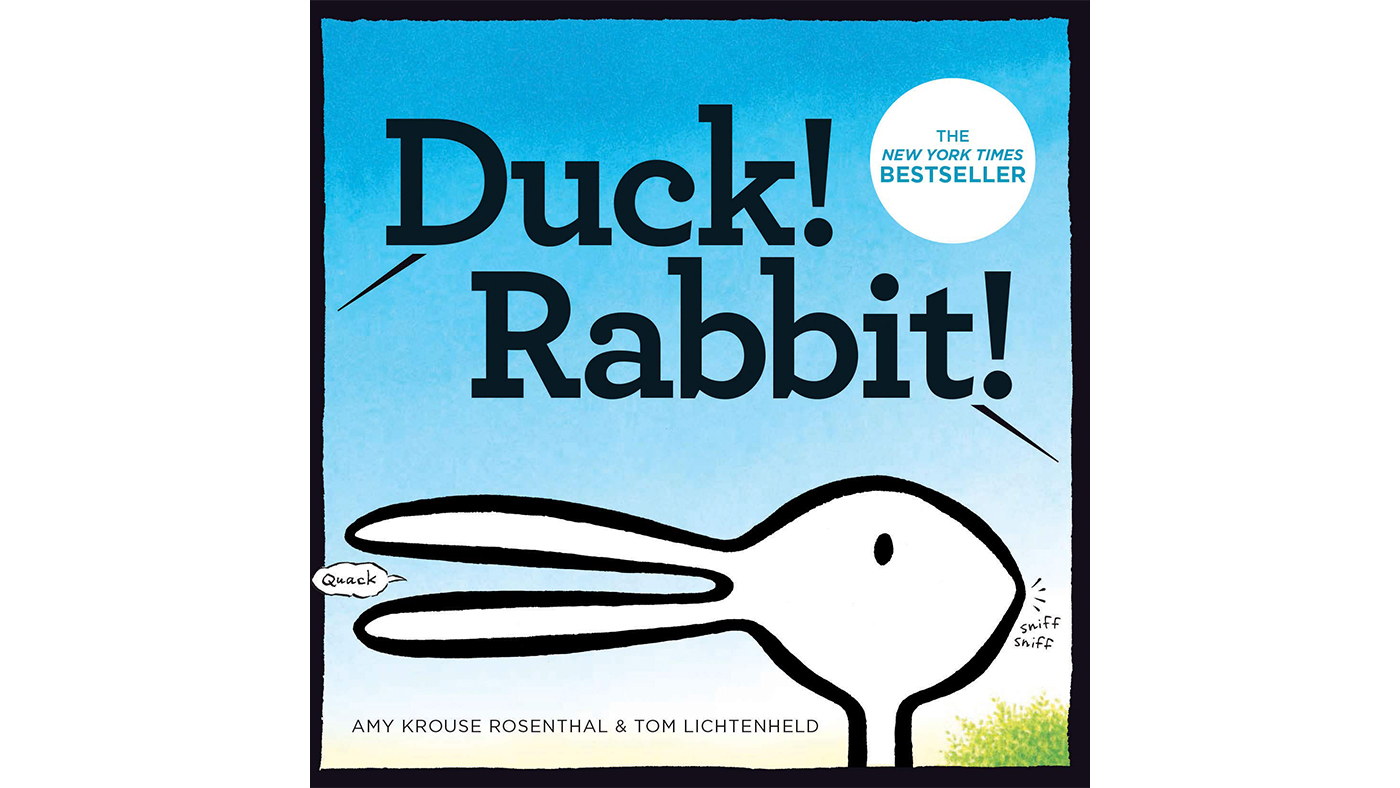
Going Places - by Peter and Paul Reynolds
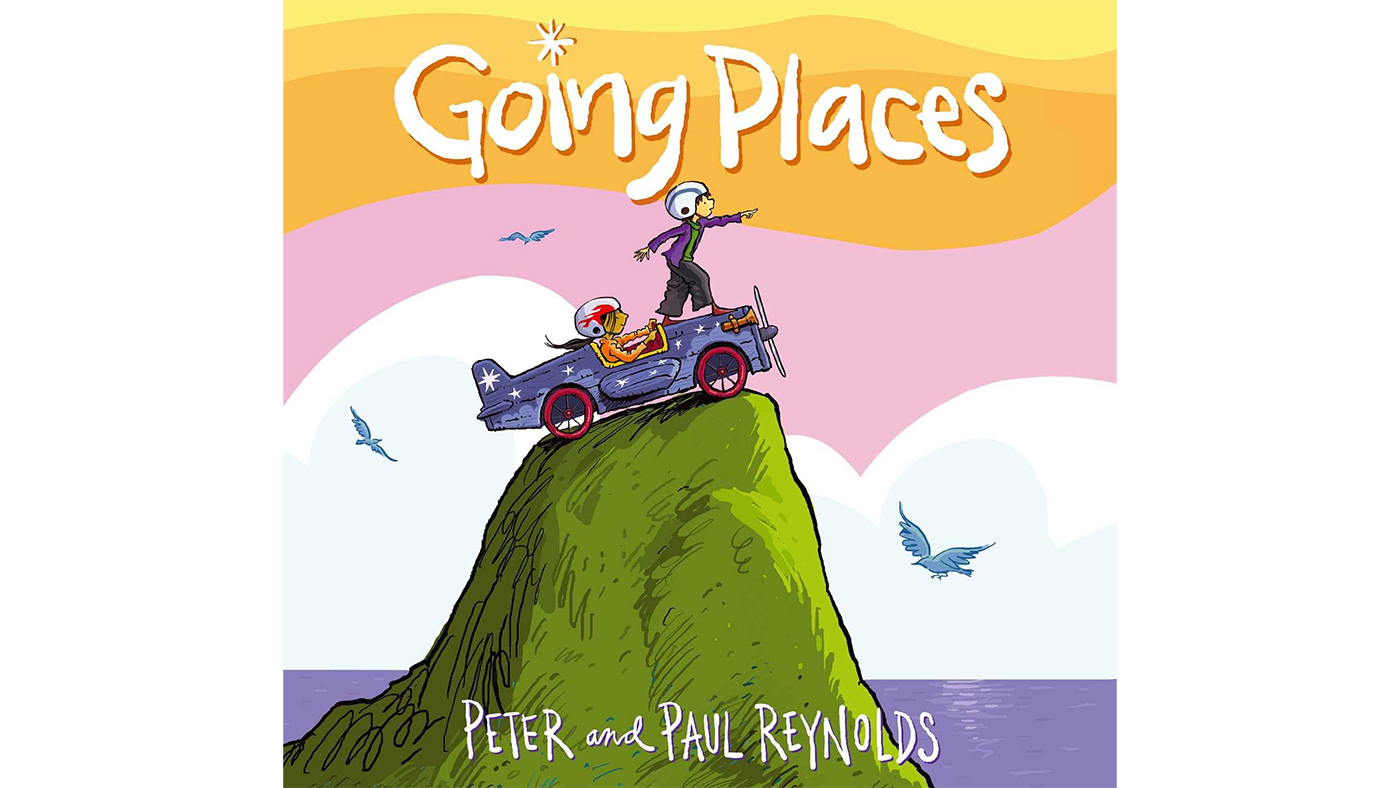
To buy (via Amazon): https://amzn.to/3q2HnP4
Round Like a Ball! - by Lisa Campbell Ernst
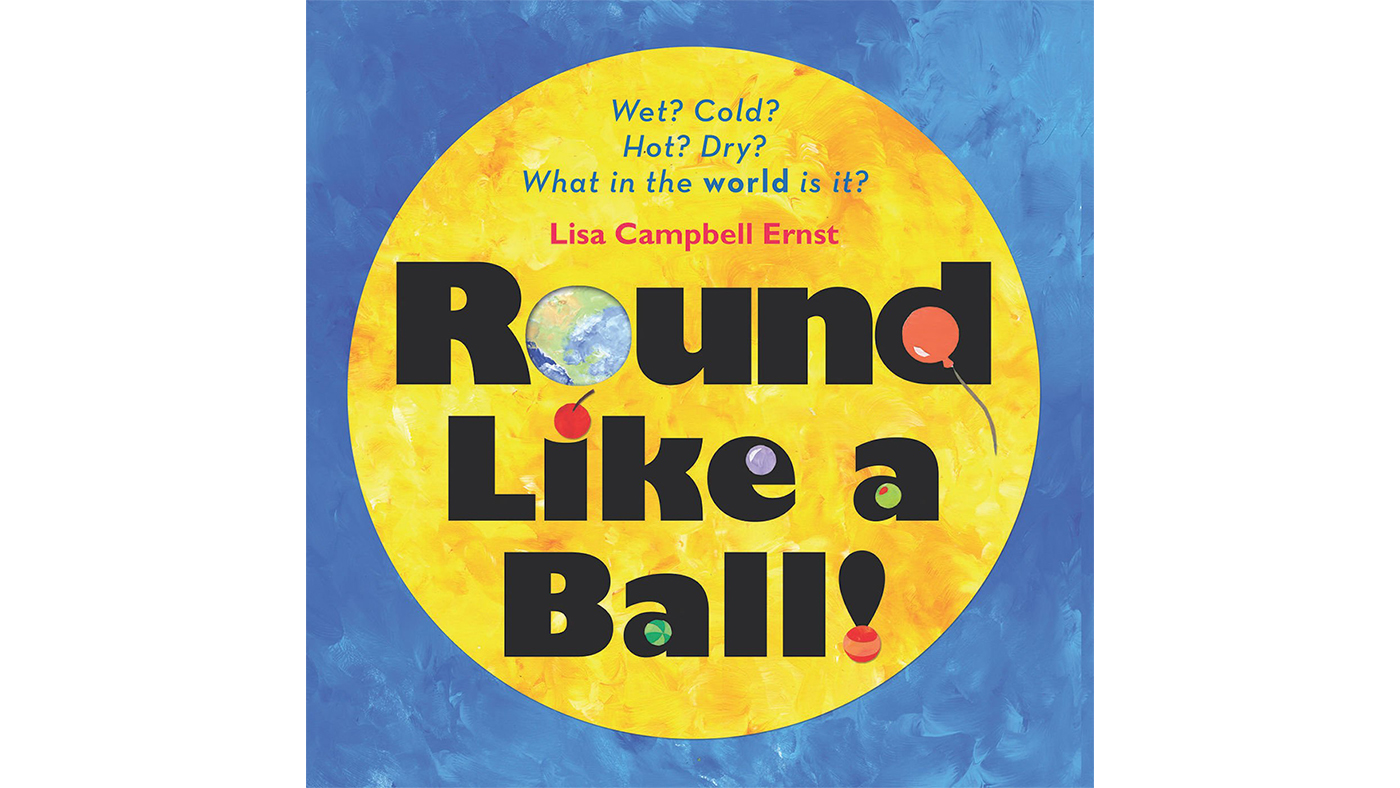
To buy (via Amazon): https://amzn.to/3n7dWcO
Where, Oh Where is Rosie's Chick? - by Pat Hutchins

To buy (via Amazon): https://amzn.to/3q24mK7
Except if - by Jim Averback
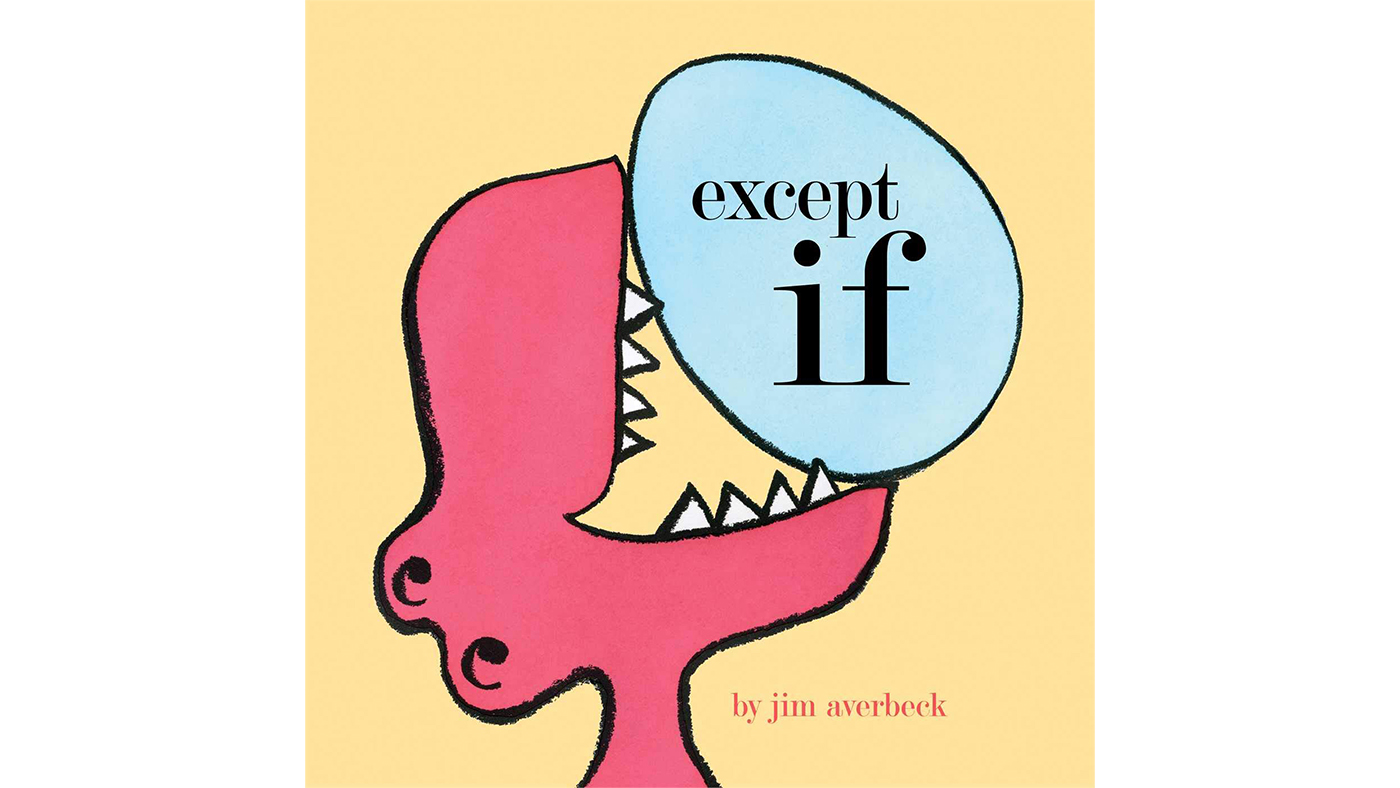
To buy (via Amazon): https://amzn.to/3zAoGWi
References:
[1] E. Galinsky (2010). Mind in the Making. Harper Collins
[2] K. Rymanowicz (2016). The importance of critical thinking for young children. Michigan State University Extension. Available online at: The importance of critical thinking for young children - Early Childhood Development (msu.edu)